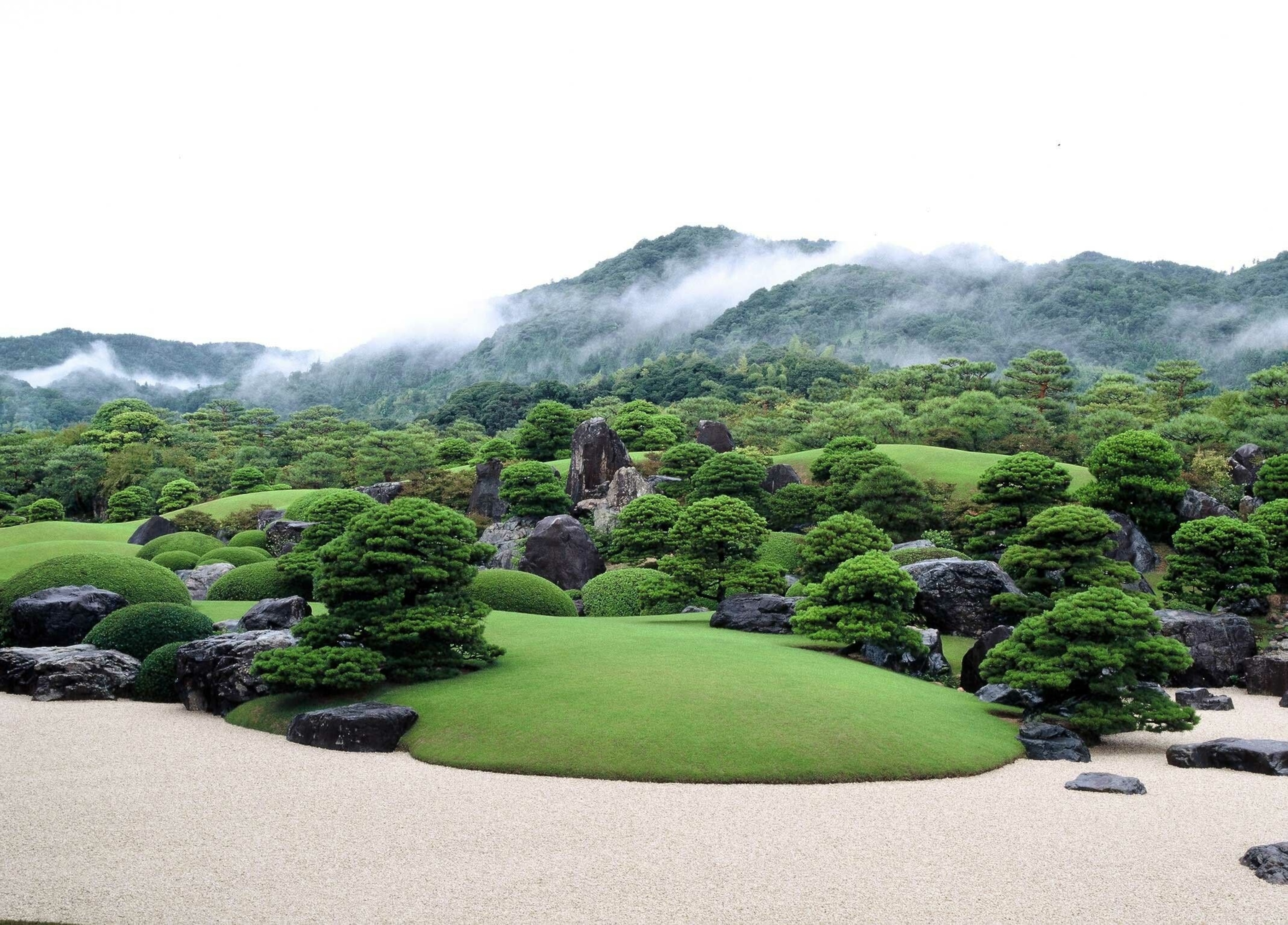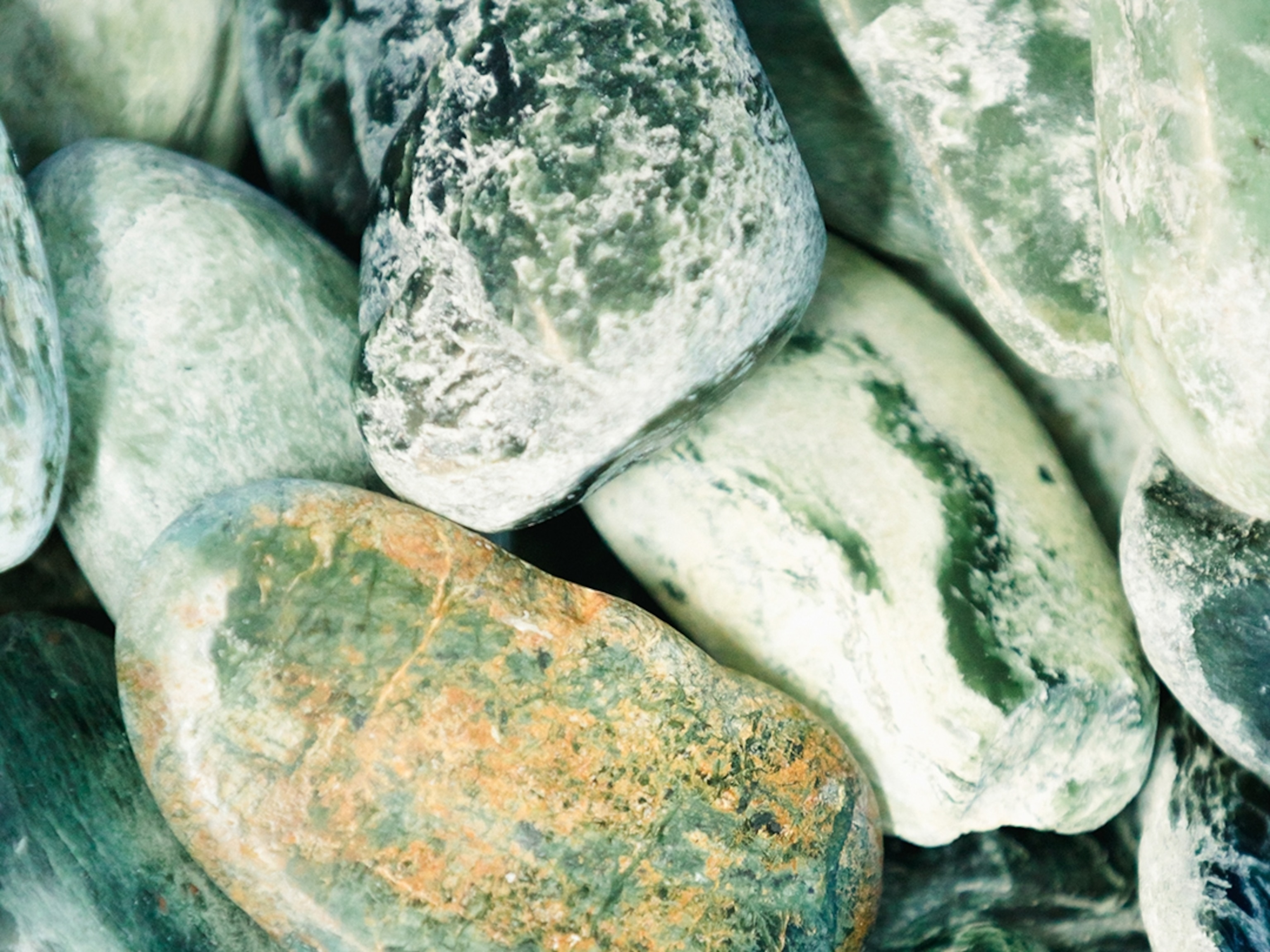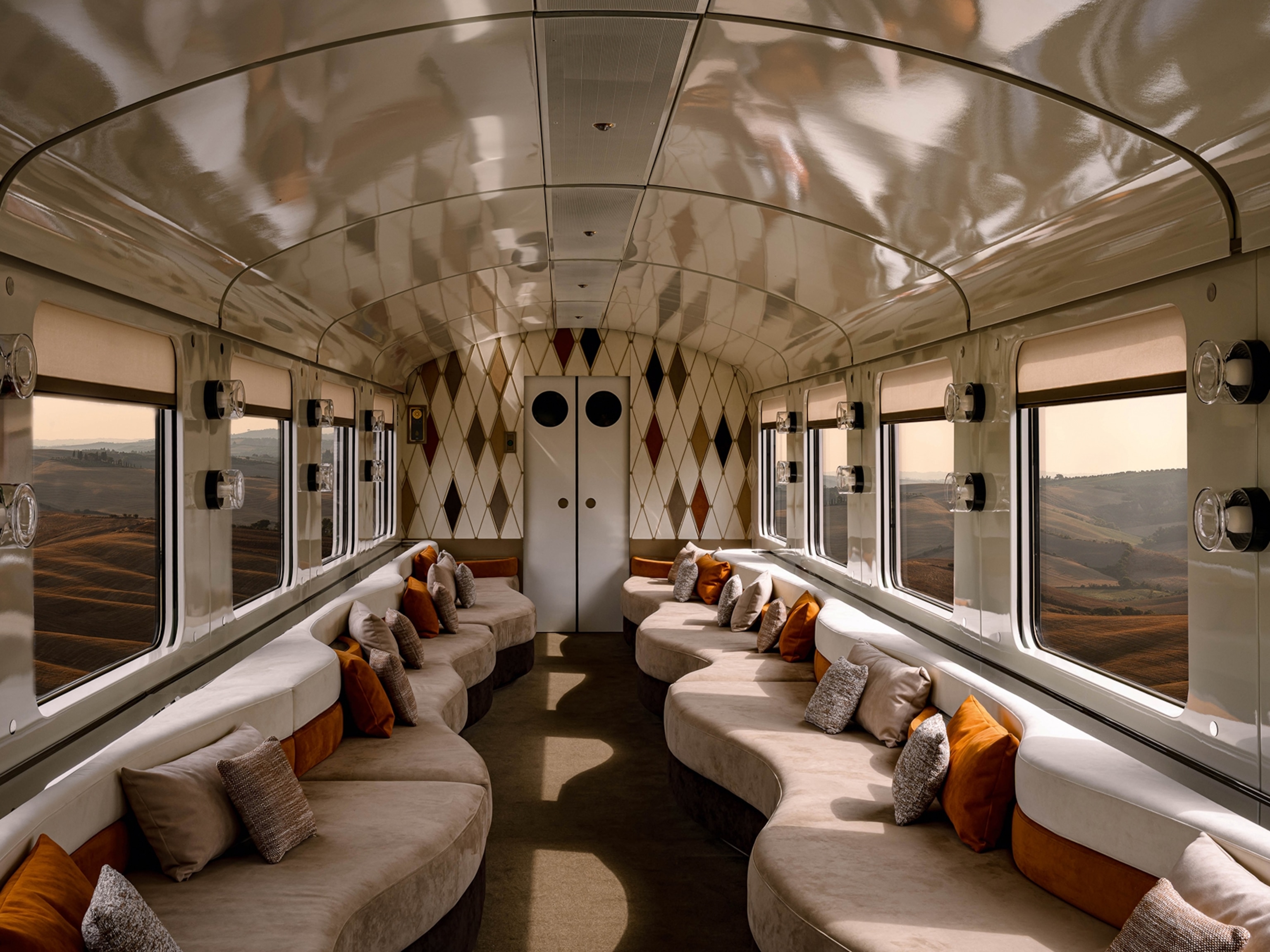
Four destinations to discover by rail in Western Japan
Venture away from Japan’s tourist hotspots into the lively cities and wide-open spaces of Chūgoku — a region best explored by train.
At its western tip, Honshu, Japan’s main island, tapers into a green promontory: on the south coast, mighty cities cluster around the natural bays of the Inland Sea. On the wild, northern coast, small fishing villages bear the brunt of the gales blowing in from the Sea of Japan. And between them lie the Chūgoku Mountains — a spine of granite hills where Wagyu cattle graze on the pastures, and winter snows dust the summits above. Japan’s railway network offers the ideal way to unlock this beautiful region: superfast Shinkansen services race along the southern coast, while local services meander the green valleys to connect with the northern shore.
1. Okayama
Often unfairly overlooked by travellers shuttling between Osaka and the island of Kyushu, the city of Okayama is dominated by a magnificent castle, sitting high above a bend in the Asahi River. Locally known as ‘Crow Castle’ on account of its sombre black colour scheme, the original fortress was first completed in the 16th century — a time when samurai warlords were wrestling for control of Japan. After being burnt to the ground during the Second World War, the castle was rebuilt once again in the 1960s and reopened once again in November 2022 after extensive renovations. Today, you can wander its cherry tree-shaded ramparts, or step inside the keep to see exhibits on the castle’s swashbuckling past (admission to Okayama castle is only £3; okayama-japan.jp).

2. Kurashiki
Like neighbouring Okayama, Kurashiki is easily accessed on the Sanyo Shinkansen railway. It’s a sprawling modern city, best known for its historical ‘Bikan’ quarter — a little Japanese Amsterdam of willow tree-lined canals where koi carp swim and pleasure boats glide. Flanking the water, you’ll find 17th-century warehouses that were once used to store rice imported from rural farms; today, they’re museums and galleries. The Kurashiki Bikan Rambler pass gives you access to many of them, most notably the Ohara Museum. It was the first privately operated museum of Western art in Japan, opening in 1930, and houses works by Rodin and Picasso. Also worth seeing is Ohashi House, a perfectly preserved 18th-century merchant’s residence, a little way off the canal.
3. Sanin Kaigan National Park
Western Japan doesn’t get much wilder and more windswept than the Sanin Kaigan National Park — a territory covering about 34 square miles of the northern shore. It features a rich tapestry of landscapes — from the Sahara-like dunes of Tottori to the pine-dotted islets and peninsulas of Uradome — and many of them can easily be accessed by train. The scenic Sanin Main Line runs along the coastal cliffs and ravines. A useful thing to pack here is the ‘Discover Another Japan’ pass, which offers five- and seven-day access to attractions in this region, including the Adachi Museum of Art, Tottori Hanakairo Flower Park and the Sand Museum in Tottori Sand Dunes (five days from £70; into-you.jp).

4. Izumo Taisha
Set on the northern coast of Shimane Prefecture, the city of Izumo is the home of Izumo-Taisha, thought to be the most ancient shrine in Japan’s indigenous Shinto religion. Exactly how ancient isn’t clear, but it gets name-checked in the Kojiki — Japan’s oldest book, dating to the eighth century. The complex is dedicated to Okuninushi, the god of marriage, said to be summoned by clapping one’s hands together four times. The compound is most interesting during Kami-ari-zuki — the 10th month of the lunar calendar — when the gods are believed to visit Izumo Taisha. As you join pilgrims wandering among the torii gates and pine-shaded walkways, keep an eye out for the juku-sha — shelters in the shrine, specifically built for deities to stay in during this time.
Plan your trip
UK visitors flying direct to Japan will land at Tokyo Haneda Airport: British Airways, Japan Airlines and All Nippon Airways all connect from Heathrow. From here, you can fly onward to destinations in western Japan, or better still catch the Shinkansen — trains run from Tokyo to Okayama in as little as 3hr30, via the Tokkaido and Sanyo Shinkansen lines. Continue along the Sanyo artery to visit Kurashiki and Hiroshima, then strike northward on local trains to reach Izumo and bear east to Tottori and the coast beyond. JR West’s Sanyo Sanin pass offers unlimited rail travel, excluding certain Shinkansen services (seven days from £125; https://www.westjr.co.jp)
For more information, visit westjr.co.jp
Follow National Geographic Traveller (UK) on social media




